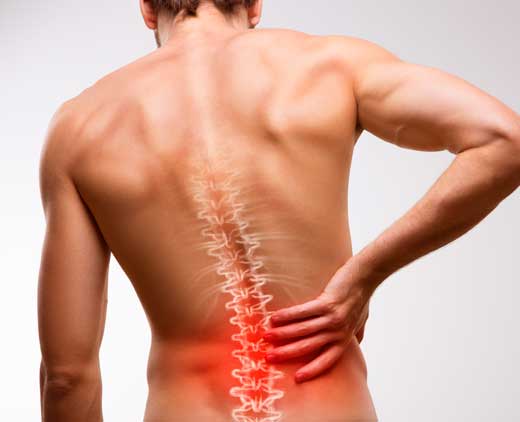
Treatment for nerve compression syndrome includes the use of manipulation therapy and other osteopathic techniques to relieve nerve pressure, reduce pain, and alleviate tingling and other symptoms.
Nerve Compression syndromes are one of the more common causes for pain in the extremities. These conditions occur in cases where nerves are squeezed, compacted, or otherwise entrapped. The compression generally occurs in just one location in the body but can affect nerves in your torso or limbs. There are a number of different varieties of the syndrome, many of which can go undiagnosed if patients fail to seek medical attention.
The most common nerve compression conditions include carpal tunnel, which impacts the median nerve in the wrist, and cubital tunnel, which involves entrapment of the ulnar nerve at the elbow. Other, rarer forms of the syndrome include suprascapular nerve compression in the shoulder, meralgia paresthetica which impact the thigh, and radial nerve compression that can impact the arm, wrist, and hand.
These nerve conditions are often the result of repetitive injuries, and frequently occur due to workplace conditions and repetitive duties. Accidents like broken bones or sprains can also create nerve compression. Finally, medical conditions like obesity, diabetes, autoimmune diseases, certain birth defects, and even high blood pressure can contribute to the disorder.
All of these causes can result in a reduction of blood flow to the affected nerve and swelling. Over time, the nerve’s myelin sheath insulation can be damaged, and the nerve’s structure may be altered. When that happens, the nerve’s function can be disrupted, preventing it from properly communicating messages to the rest of the body.
Naturally, the symptoms of this syndrome can vary, depending on which nerves are impacted. In most instances, however, symptoms are largely confined to the compressed nerve and the surrounding area. The most common nerve compression syndromes include:
We can help diagnose your condition and provide the osteopathic treatment you need to address most common compressed nerve conditions. In most instances, osteopathy can help to relieve pain, restore lost function and flexibility, and prevent further instances. Those techniques are gently, non-invasive, and focused on treating the root causes of your pain and discomfort. We can also provide educational resources about ergonomic strategies and lifestyle changes that can help you enjoy a more pain-free life.

Back and spine conditions can be degenerative, disease-related, or caused by overuse or injury. Symptoms can include pain, impaired mobility, numbness, weakness, and more.
Back Muscle SpasmFacet Joint SyndromeFailed Back Surgery SyndromeHerniated DiscsLow Back PainLumbar RadiculopathyMid Back PainMyofascial Pain SyndromeNerve Compression SyndromePiriformis SyndromePost Laminectomy SyndromeSacroiliac Joint DysfunctionScoliosisSpinal Stenosis
If you’re suffering from any of the symptoms of nerve compression syndrome, Leonid Tafler, DO can help. Using a variety of osteopathic techniques, Dr. Tafler and his team will work with you to guide you on the path to a full recovery. To learn more about this condition and how we can help, contact our office today to schedule an appointment.